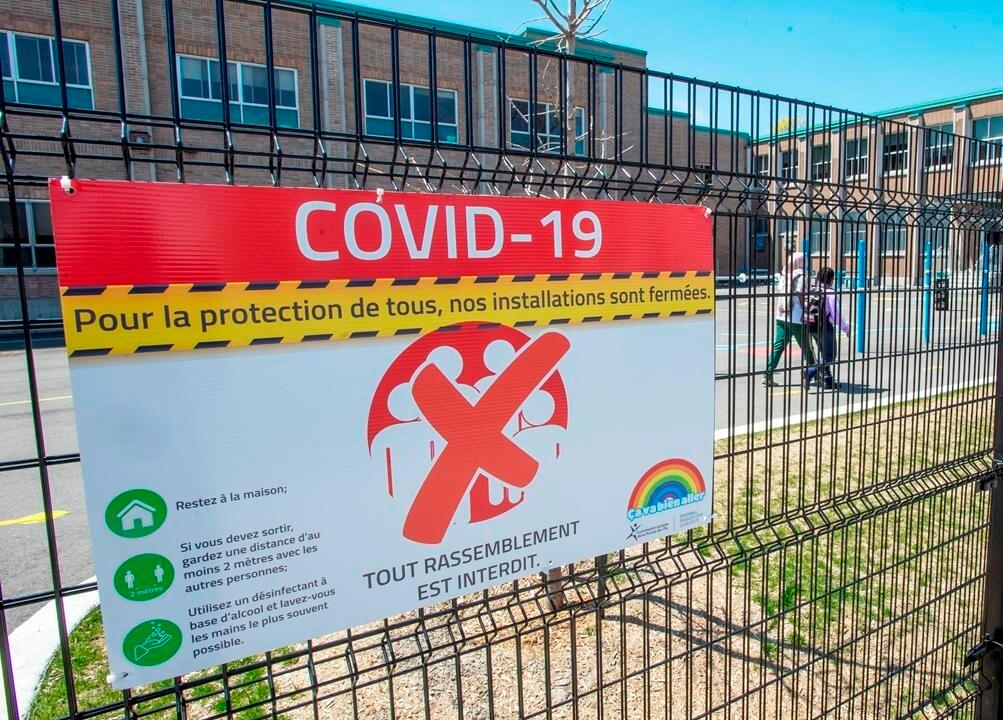As Canada grapples with rising COVID-19 cases and new, more transmissible strains of the virus, experts in medicine and emergency preparedness say it’s worth taking stock and preparing to better meet the next stage of pandemic challenges.
Dr. Shawn Whatley, a past president of the Ontario Medical Association, says that last year in the early days of the pandemic, the government didn’t yet know what it was dealing with, but at this stage officials should be thinking more strategically in several areas.





